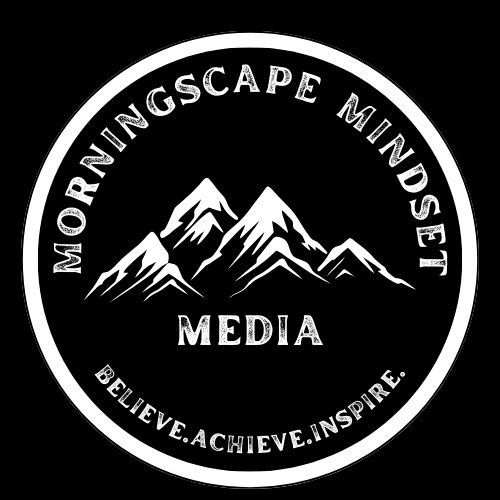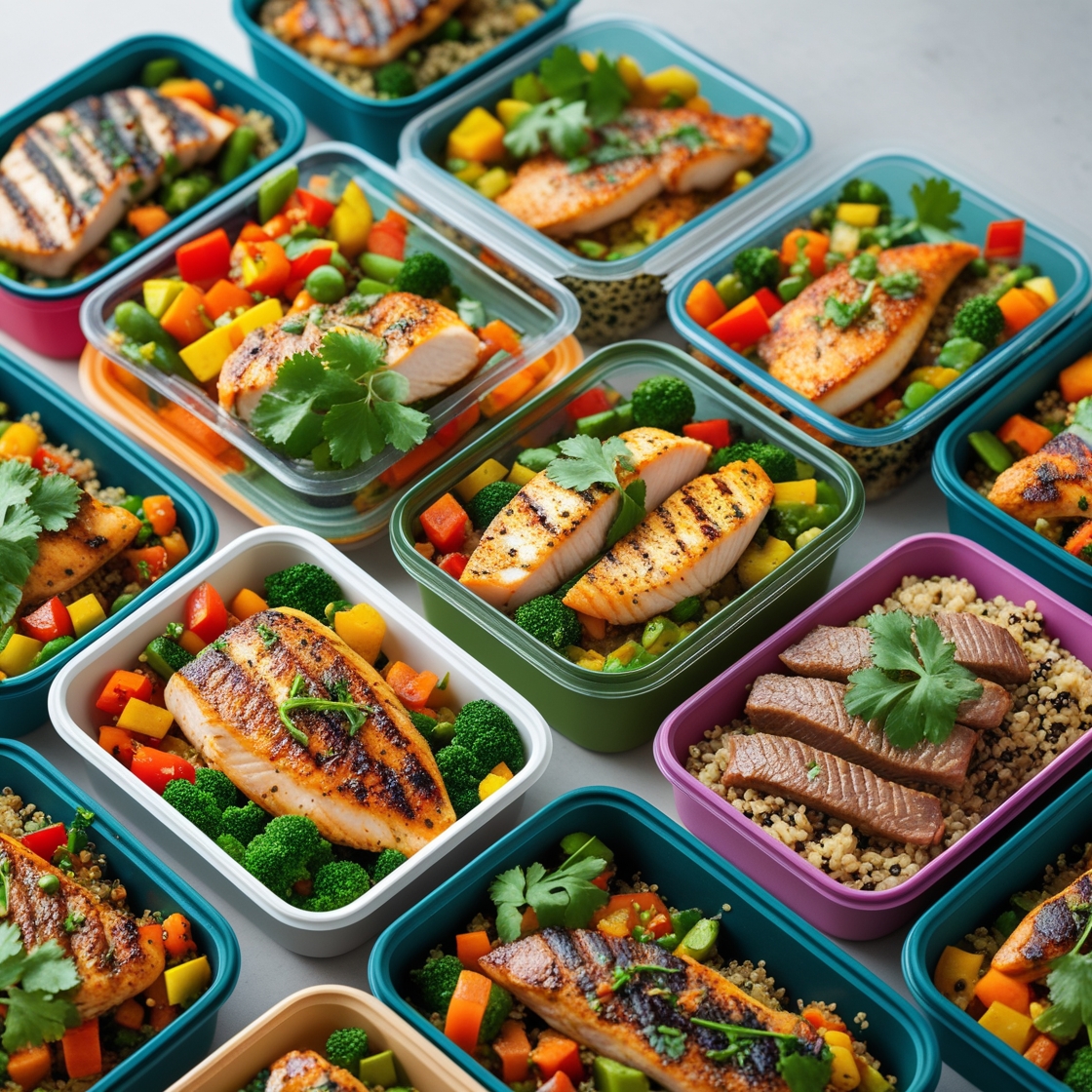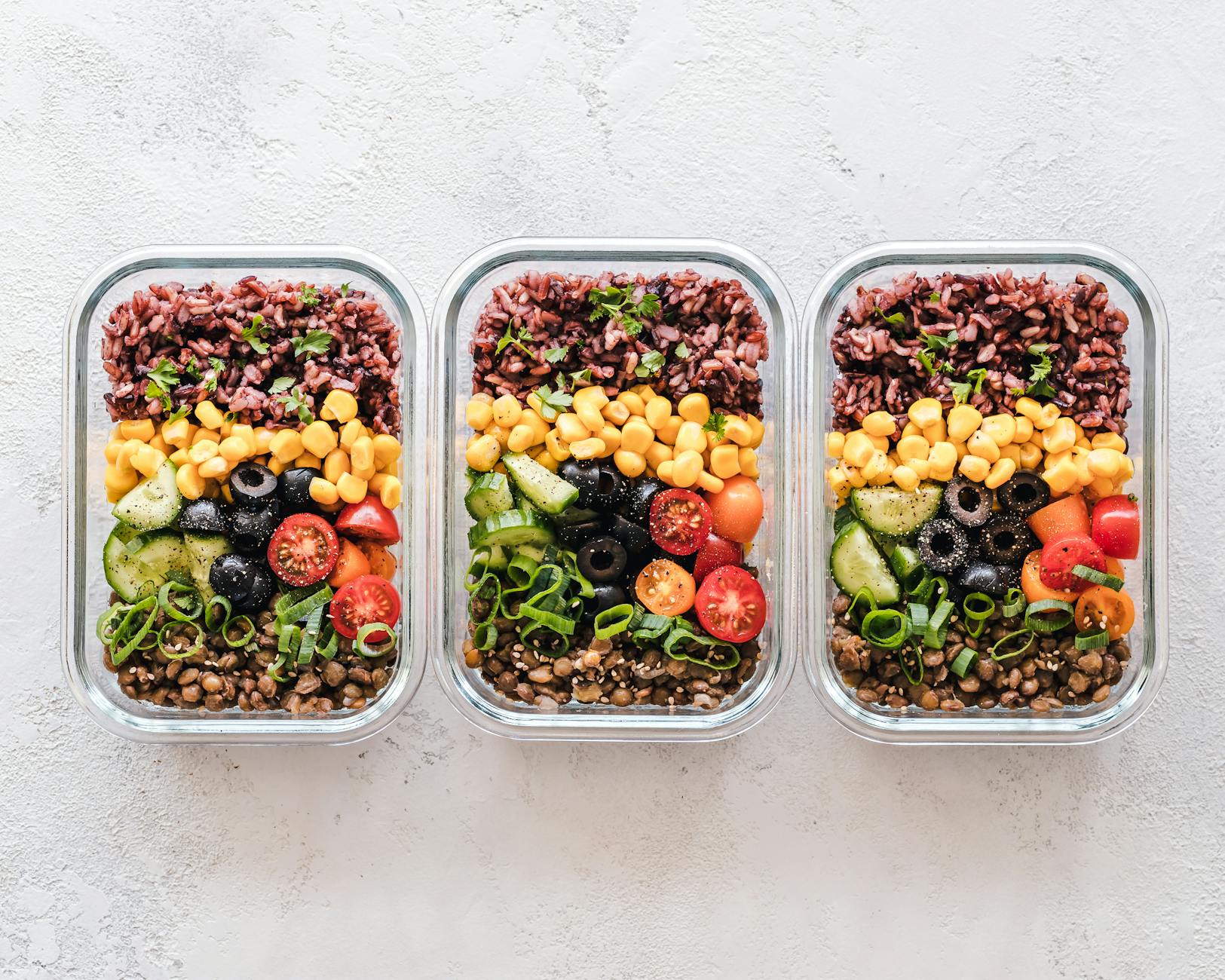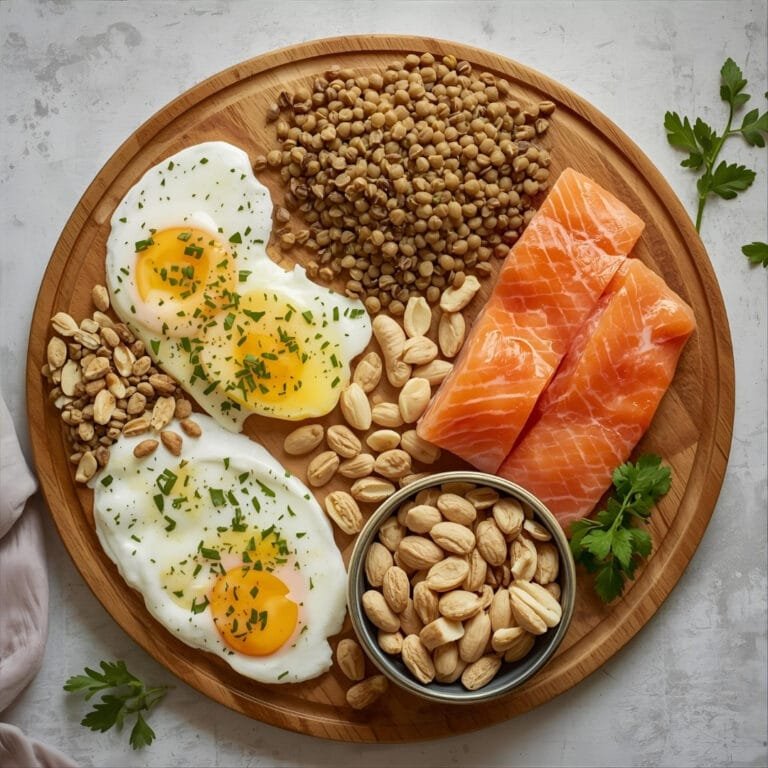Disclosure:
Thank you for reading this post, don't forget to subscribe!
Some of the links on this website are affiliate links. This means that if you click on the link and make a purchase, we may receive a small commission at no extra cost to you. Your support helps us keep the site running.Learn more on my Privacy Policy and Affiliate Disclosure page. Thank you for your support!
“Cut fat. Hold muscle. Fuel smart. Repeat.”
If your goal as a man is to maximize fat loss while holding or even gaining lean muscle, you need more than cardio and calorie cutting. You need a system—training, nutrition, supplementation, and recovery—that supports retention and performance.
Below is a complete blueprint: a training philosophy, a sample 5–6 meal day, advanced supplement add-ons, and practical tips to make it sustainable. Use it as your roadmap—but adapt to your body, experience, and recovery ability.
Why Most “Cutting” Plans Fail
Many guys shred calories, spike cardio, and lose weight—but also lose a lot of muscle. This leads to saggy aesthetics, weak joints, and slow metabolism. The secret to a better cut is retaining muscle and maintaining metabolic output.
Some keys:
- Sufficient protein and amino acid support
- Smart supplement synergy (when needed)
- Strength or hypertrophy work even during a cut
- Adequate recovery & sleep (the hidden drivers)
- Progressive overload—not just “less food, more cardio”
If you’re short on time or in a calorie deficit, your plan must prioritize muscle retention. This is a focus of many of our programming ideas (see how resistance + efficiency intersect in my 15-Minute Workouts guide).
Research from the National Institutes of Health supports the importance of preserving muscle mass during calorie restriction, as it helps maintain metabolic rate and long-term weight management.
Read Next:
Program Tiering: Basic, Advanced & Comprehensive
Here’s how to scale your regimen according to your status, age, and goals.
1. Basic (Foundation Stage)
Follow the 5-meal plan (below). Use resistance training 3–4× per week. Supplement minimally (e.g. whey, multivitamin).
2. Advanced (Fat Loss + Muscle Retention Phase)
Add these supplement protocols:
- 7-Keto MuscLean – 3 capsules twice daily (morning + mid-afternoon)
- Density – 3 tablets with each meal or shake
These compounds support metabolic rate, nutrient partitioning, and lean tissue preservation. Use only if your diet and training are dialed.
3. Comprehensive (Max Fat Loss with Muscle Preservation)
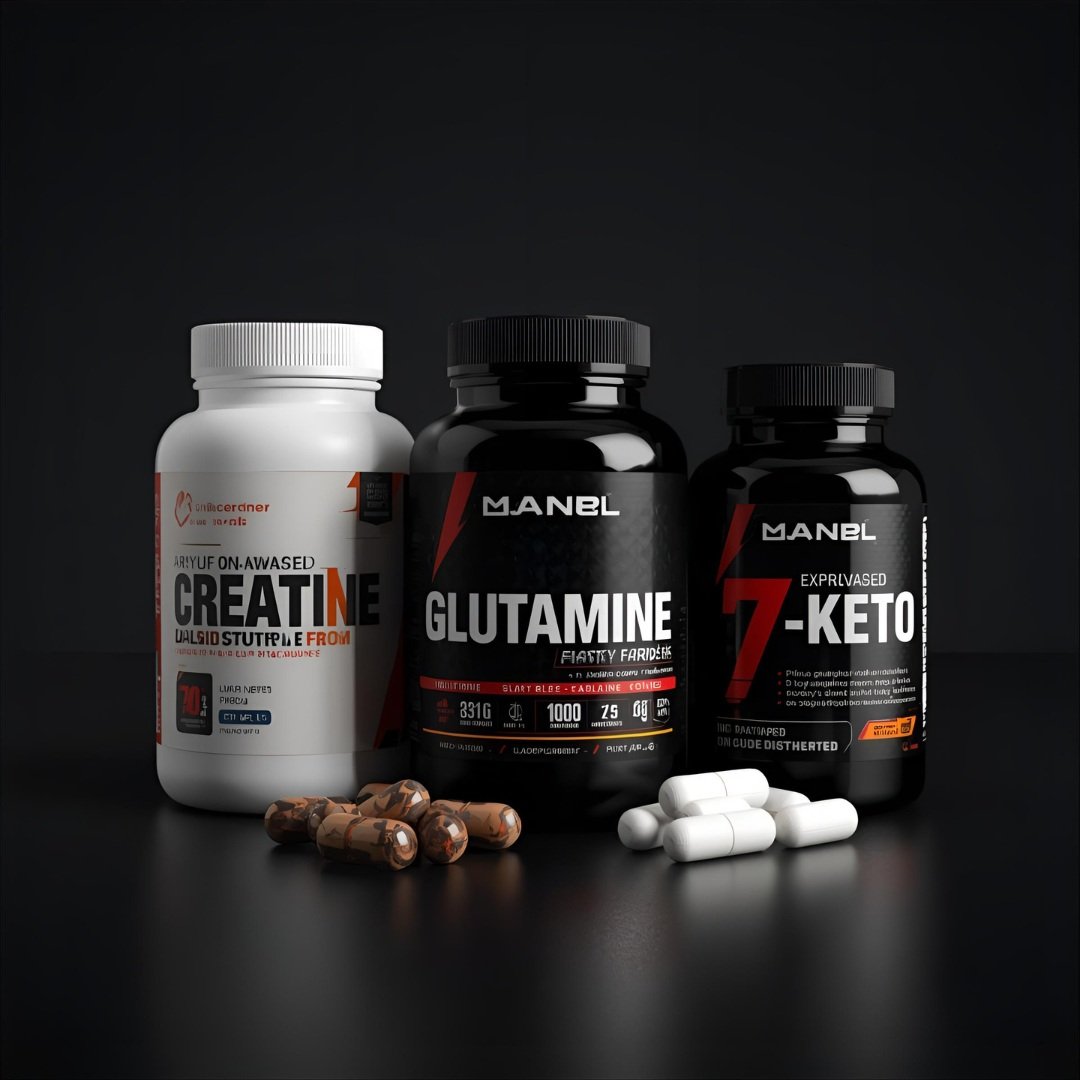
In addition to the above:
- Creatine Select – Load with 4 scoops/day for 5 days, then 1 scoop daily
- Glutamine Select – Mix 2 scoops in 16 oz water, sip before or during training
For men age 35+: make Quadracarn a priority — 3 tablets, three times daily.
Optional Pre-Workout (if your CNS tolerates it):
Up-Lift – 2 scoops before training (for pump, focus, strength, and fat utilization)
Daily Meal Plan (Example)
This is a high-protein, moderate-carb, nutrient-rich plan designed for fat loss with muscle support.
| Meal | Foods / Portions | Notes |
|---|---|---|
| Meal #1 | 8 oz lean beef or turkey + 3 egg whites + 1 yolk + 1 grapefruit | Solid protein + fruit for insulin regulation |
| Meal #2 | 2 scoops UMP (whey blend) + 1 tbsp healthy fat (olive oil, flax, almond butter) | Liquid meal — fast digestion |
| Meal #3 | 8 oz chicken/turkey breast + 2 cups steamed vegetables | Bulk meal for satiety |
| Meal #4 | 2 scoops UMP + 1 tbsp healthy fat (or) whole food option: 6 oz tuna or 5 oz chicken + 3 egg whites + 1 whole egg + tomato | Flex option — keeps your plan sustainable |
| Meal #5 | 10 oz lean meat (fish, chicken, 93% beef) + 4 cups mixed salad + 2 tbsp vinaigrette | Volume + micronutrients |
| Monday & Thursday (6th meal) | 1½ cups oatmeal (precooked) or cooked rice + 10 oz sweet potato + medium banana + 1 cup vegetables + 1 tbsp butter or almond butter | Carb day to feed glycogen, aid recovery |
Notes / tweaks:
- Adjust portions based on your total calorie target (this is a volumous layout).
- Swap in fish, lean pork, or game meats for variety.
- Carb cycling (using the “6th meal” on lower-intensity days) helps manage glycogen without fat gain.
Training Strategy (Integration + Efficiency)
While the nutrition and supplementation above deliver the foundation, your training drives the retention and improvement. A few guiding principles:
- Train full or partial hypertrophy even in a cut — don’t abandon strength work.
- Use supersets or density work to maintain volume in less time.
- Prioritize compound lifts (squats, deadlifts, presses, rows) because they engage many muscles and stimulate metabolic adaptation.
- Let arms and smaller muscle groups use finishing supersets or quick intensifiers, not long isolation marathons during your cut.
This aligns with the efficient training philosophy we often discuss (e.g. in No-Nonsense Biceps Training).
This approach mirrors the philosophy shared in our post on No-Nonsense Biceps Training: Building Strength With Precision, where we emphasize mastering form and consistency before adding volume.
Supplement Safety & Evidence Base
While supplements can help, they’re not magic. Use them only when:
- Your diet is already dialed
- Your training is consistent
- You’ve gone through a medical clearance if over 40 or with conditions
The Harvard Health Review emphasizes that supplements should be considered adjuncts—not substitutes—for food and well-rounded lifestyle.
Always choose third-party tested brands, and be wary of overstimulation or compounding effects.
According to Harvard Health Publishing, supplements should serve as additions to a balanced diet, not replacements, especially during weight loss phases
Common Pitfalls & How to Avoid Them
- Falling for “overnight” solutions — patience is nonnegotiable.
- Micromanaging micronutrients to death — get your protein, carb/fat balance, then refine.
- Overusing intensifiers or stimulants — they’re supplements to training, not replacements.
- Underestimating recovery — sleep, stress, and mobility are as crucial as your diet.
- Neglecting personalized adjustments — not everyone thrives on 5–6 small meals; some prefer 4 with a larger window of feeding.
If you find yourself struggling with energy or focus during your cut, revisit our guide on 15-Minute Workouts: How To Get Fit When You Don’t Have Time to help you stay consistent without burnout.
Recent Post:
Conclusion
This blueprint is your starting point—not a rigid template. Use it, adapt it, and track everything. The best diet is the one you can sustain, improve on, and feel healthy doing.
If you want the PDF version of this guide plus tracker templates, sign up below.
Ready to level up?
- Implement this plan for 4–8 weeks and measure progress (body fat, strength, energy).
- In our next article, we’ll walk you through refeeds, diet breaks, and post-cut transition (so you keep those gains).
- Leave a comment or reach out — I’d love to help you tweak or personalize your journey.
Train smart, eat smart, remain consistent.
More about:
health / fitness / wellness / nutrition
Share This Post
